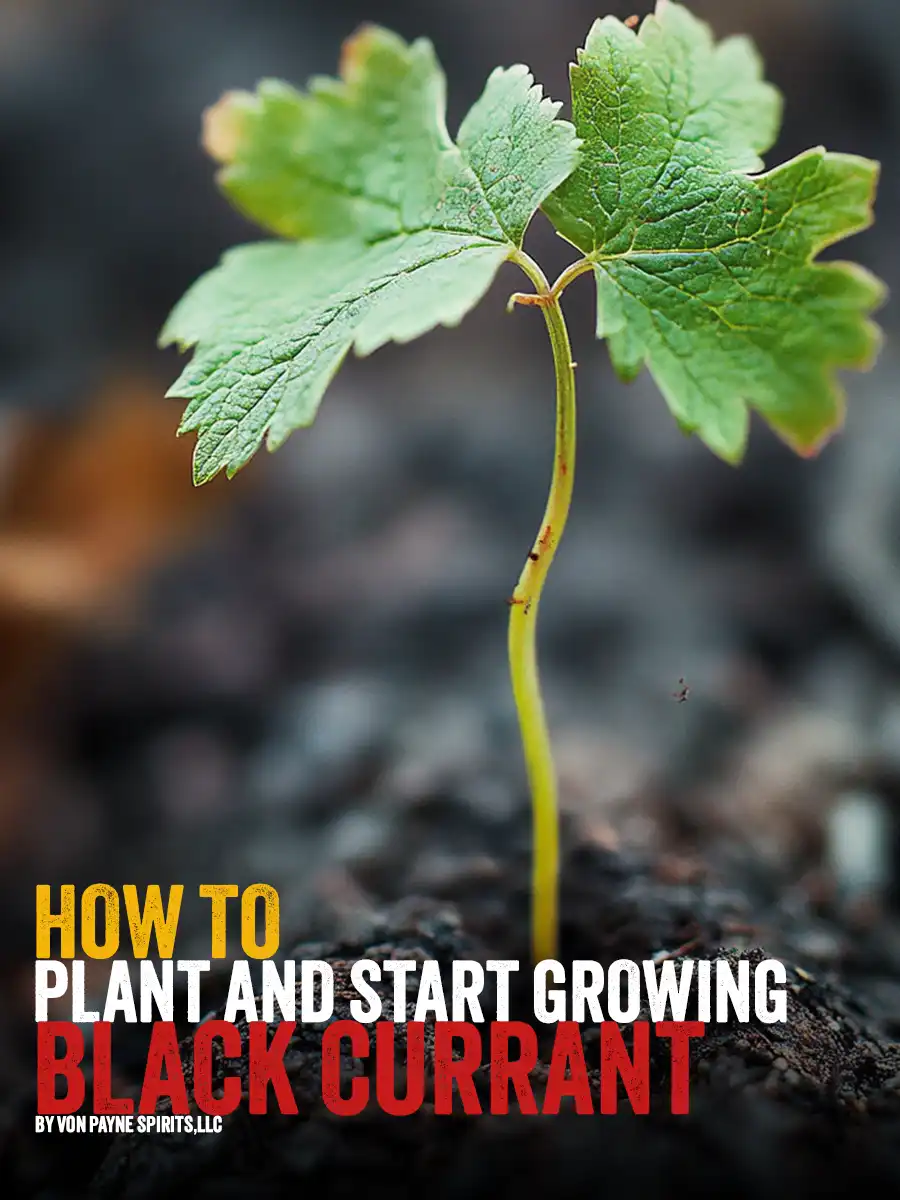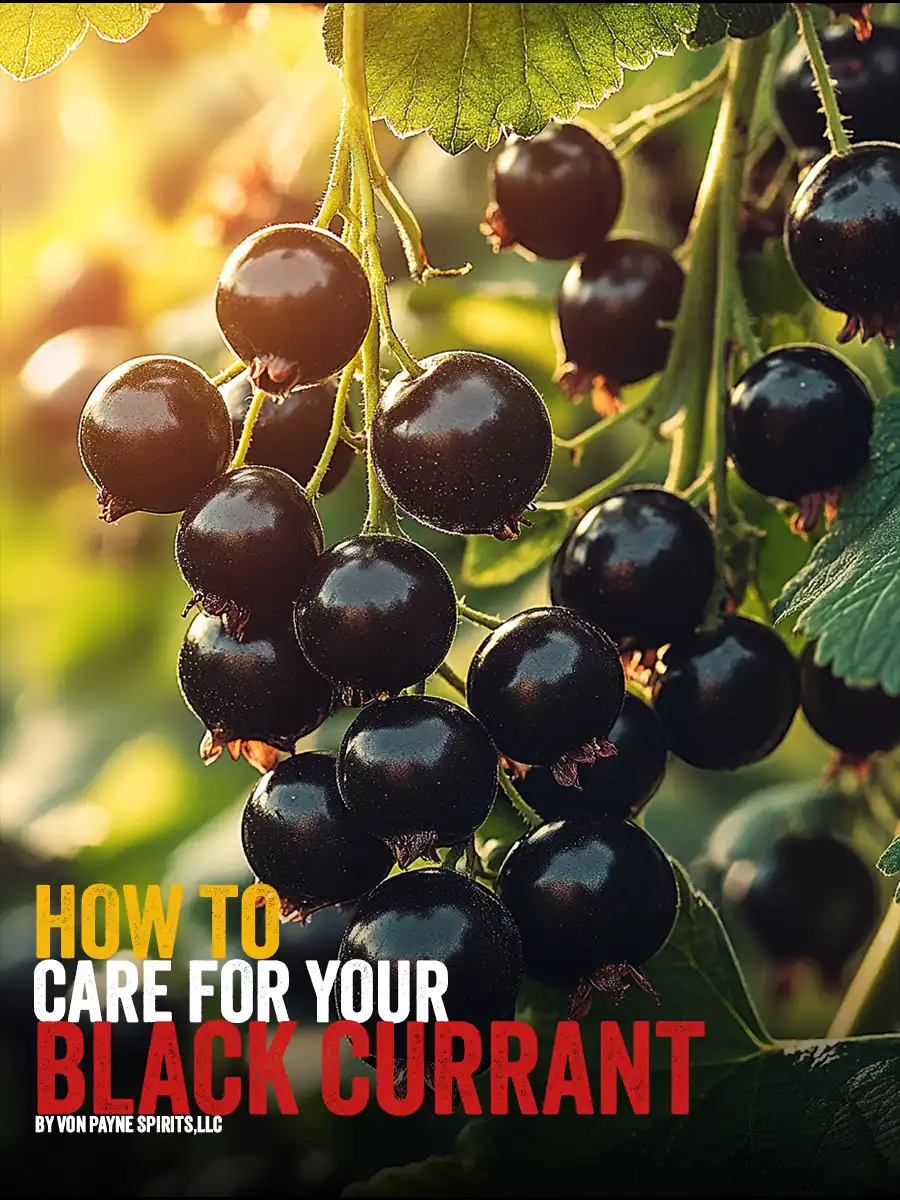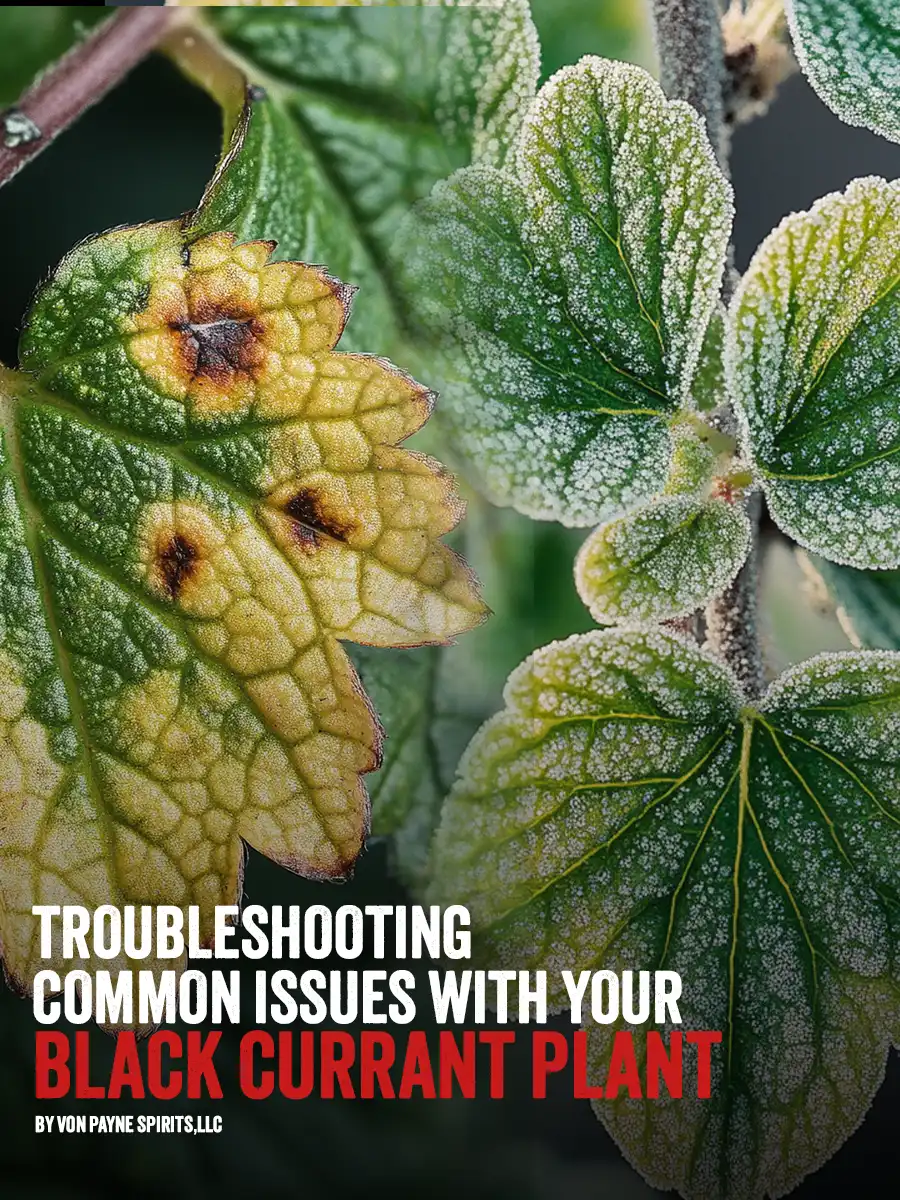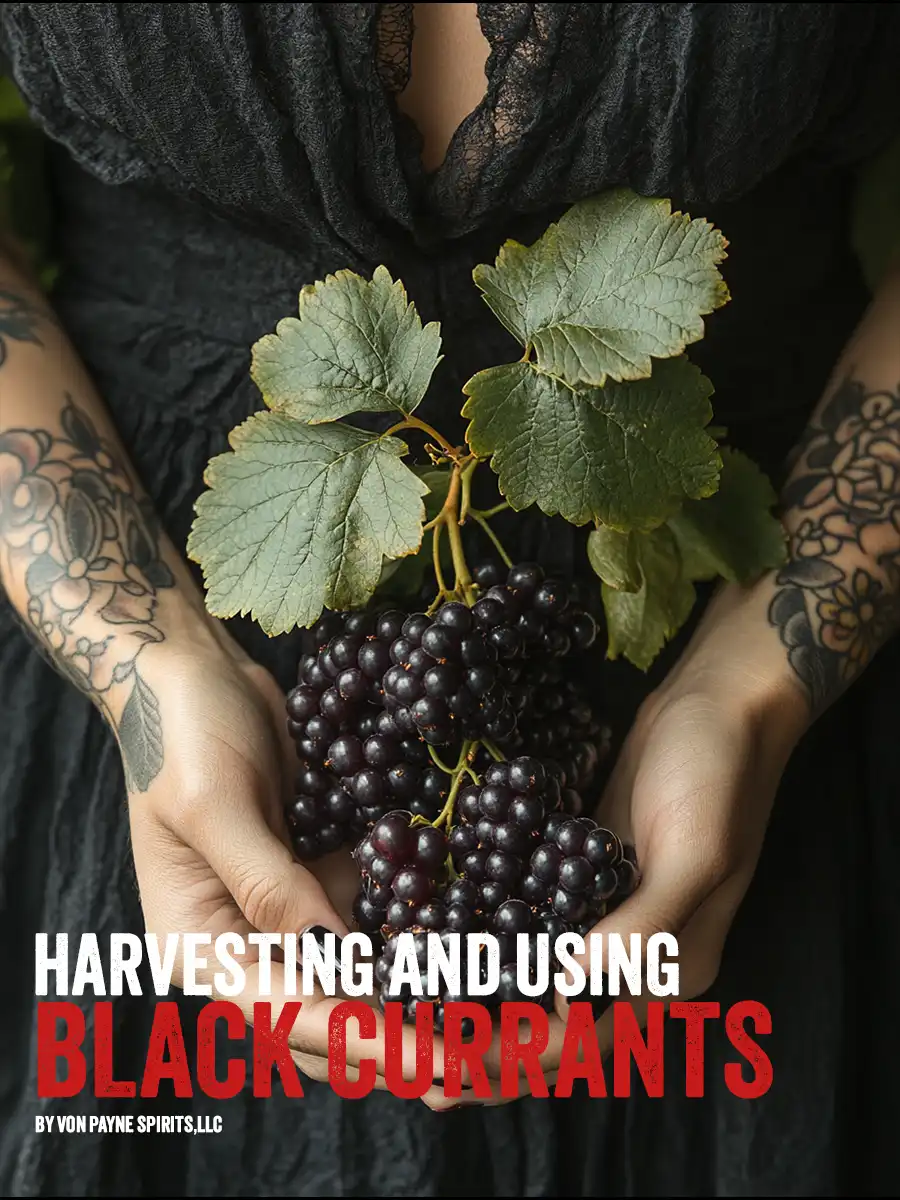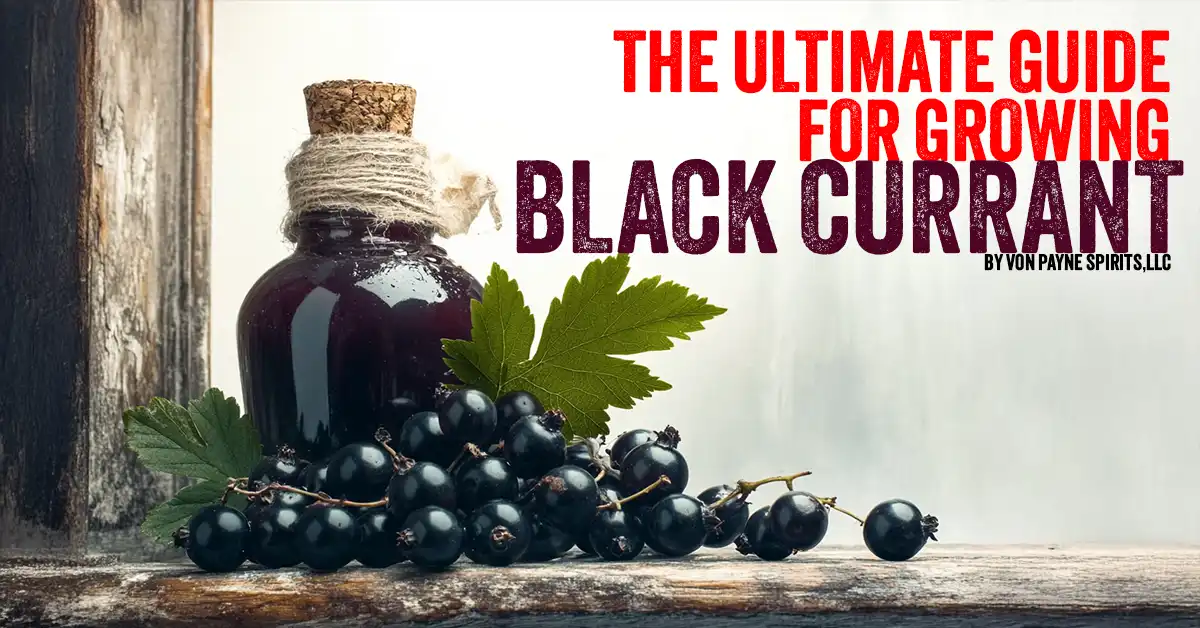
Growing Black Currant Plants
Welcome to the Ultimate Guide on Growing Black Currant Plants. Black Currants are a nutritional powerhouse, packed with vitamin C, antioxidants, and a uniquely tart flavor that makes them perfect for jams, jellies, and even infused whiskies. Beyond their culinary appeal, black currant plants add an ornamental touch to gardens with their lush green foliage and deep purple berries.
Our guides will walk you through every stage of growing black currant plants—from planting and care to troubleshooting and harvesting. Before we move forward make sure you know that Black currants only grow in cool and temperate climates, making them ideal for USDA Hardiness Zones 3-8.
What Are Black Currants?
Black currants (Ribes nigrum), also known as European black currant or cassis, are a deciduous shrub native to northern and central Europe and parts of Asia. These berries have been cultivated for centuries for their rich, tart flavor and high nutritional value, making them a favorite in culinary, medicinal, and beverage applications.
Black currants are not to be confused with Zante currants, which are small dried grapes (raisins).
How to Plant Black Currants
Step-by-Step Guide to Planting Black Currants
Planting black currants correctly is crucial for a healthy and productive shrub.
Follow these steps:
- Choose the Right Location: Black currants thrive in well-drained soil with a slightly acidic to neutral pH (5.5-7.0). A sunny to partially shaded location is ideal.
- Prepare the Soil: Enrich the soil with compost or well-rotted manure to boost nutrients.
- Planting and Spacing: Space plants 3-5 feet apart in rows 6 feet apart to allow for airflow.
- Best Time to Plant: Late autumn or early spring is the ideal time to plant.
Read our Step-by-Step Guide to Planting Black Currants for a deeper dive into planting techniques.
Care Tips for Black Currant Plants
Black currants are fairly low-maintenance, but a little extra care goes a long way in boosting fruit production and keeping your plants thriving year after year. If you’ve ever wondered, “Why aren’t my black currant plants producing fruit?”, the answer often comes down to care basics like watering, pruning, and pest control.
- Watering Routines: Keep the soil consistently moist—black currants love damp conditions, but avoid waterlogging which can lead to root rot.
- Pruning Techniques: Prune your plants annually in late winter or early spring to remove old wood and encourage new fruit-bearing stems.
- Pest & Disease Management: Keep an eye out for aphids, sawfly larvae, and powdery mildew—these common culprits can weaken plants and reduce yields.
- Seasonal Care: Apply a layer of mulch in winter to protect the roots from freezing and fertilize in early spring to kickstart strong growth.
Still having trouble? Read our Essential Care Tips for Thriving Black Currant Plants for more detailed solutions.
Fertilizing for Optimal Growth: Best Practices for Black Currant Plants
Fertilization is one of the most important steps in growing healthy, high-yielding black currant plants. If you’ve ever wondered, “Why are my black currants not producing as much fruit?”, the answer often lies in how and when you’re fertilizing.
To maximize fruit yield and overall plant health, follow these essential fertilization tips:
- Choose the Right Fertilizer: Use a balanced fertilizer (10-10-10) or organic alternatives like composted manure or fish emulsion to provide essential nutrients without synthetic additives.
- Timing Matters: Apply fertilizer in early spring just before new growth begins—this gives the plant the nutrients it needs for a strong start to the season.
- Dosage & Application: Spread fertilizer evenly around the base of the plant, but keep it a few inches away from the stems to prevent root damage.
Proper fertilization not only improves fruit quality and size but also helps the plant resist pests and diseases.
Troubleshooting Common Issues: How to Fix Black Currant Problems
Even the healthiest black currant plants can run into trouble, and one of the most common questions growers ask is, “Why do my black currant plants look sick?” Whether it’s fungal diseases, pest infestations, or environmental stress, identifying the issue early is key to saving your crop.
Here’s how to diagnose and fix common black currant problems:
- Fungal Diseases: If you notice powdery mildew or leaf spot, your plant might be suffering from excess moisture and poor airflow. Use fungicides or organic solutions like a baking soda spray to control the spread.
- Pests: Watch out for currant aphids, sawflies, and spider mites, which can weaken the plant and stunt fruit production. Combat infestations with neem oil, insecticidal soap, or introduce beneficial insects like ladybugs.
- Preventative Measures: Avoid problems before they start by properly spacing your plants, pruning for airflow, and ensuring good soil drainage to reduce the risk of disease and pest infestations.
Harvesting and Using Black Currants: Get the Most Out of Your Berries
Nothing is more rewarding than harvesting homegrown black currants at their peak. But one of the most common questions growers ask is, “How do I know when my black currants are ready to pick?” Picking at the right time ensures the best flavor, texture, and storage life.
Here’s everything you need to know about harvesting and using your black currants:
- When to Pick: The berries are fully ripe when they turn deep purple-black and feel slightly soft to the touch. A quick taste test will confirm ripeness—they should be tart with a hint of sweetness.
- How to Harvest: Instead of picking berries one by one, harvest entire clusters at once—this helps protect the fruit and ensures even ripening.
- Storage & Uses: Fresh black currants can be stored in the refrigerator for up to two weeks. For long-term storage, freeze them in a single layer before transferring to an airtight container.
- Creative Uses: Whether you enjoy them fresh or preserved, black currants are perfect for juices, jams, pies, baked goods, and even infused spirits like black currant whiskey!
After all this talk about planting, pruning, and picking black currants, I think we can all agree on one thing—gardening is hard work. But you know what’s easy? Enjoying a glass of Von Payne Black. Discover Von Payne Black’s unique, one-of-a-kind infusion using real, natural black currant. Get a bottle now!
Looking for more black currant knowledge? Check out these essential guides:
- The Ultimate Guide to Growing Black Currant
- How to Grow Black Currant
- Best Fertilizing Practices for Black Currant
- Care Tips for Black Currant Plants
- Solving Common Black Currant Problems
- Harvesting Black Currants
Happy growing—and even happier sipping!

